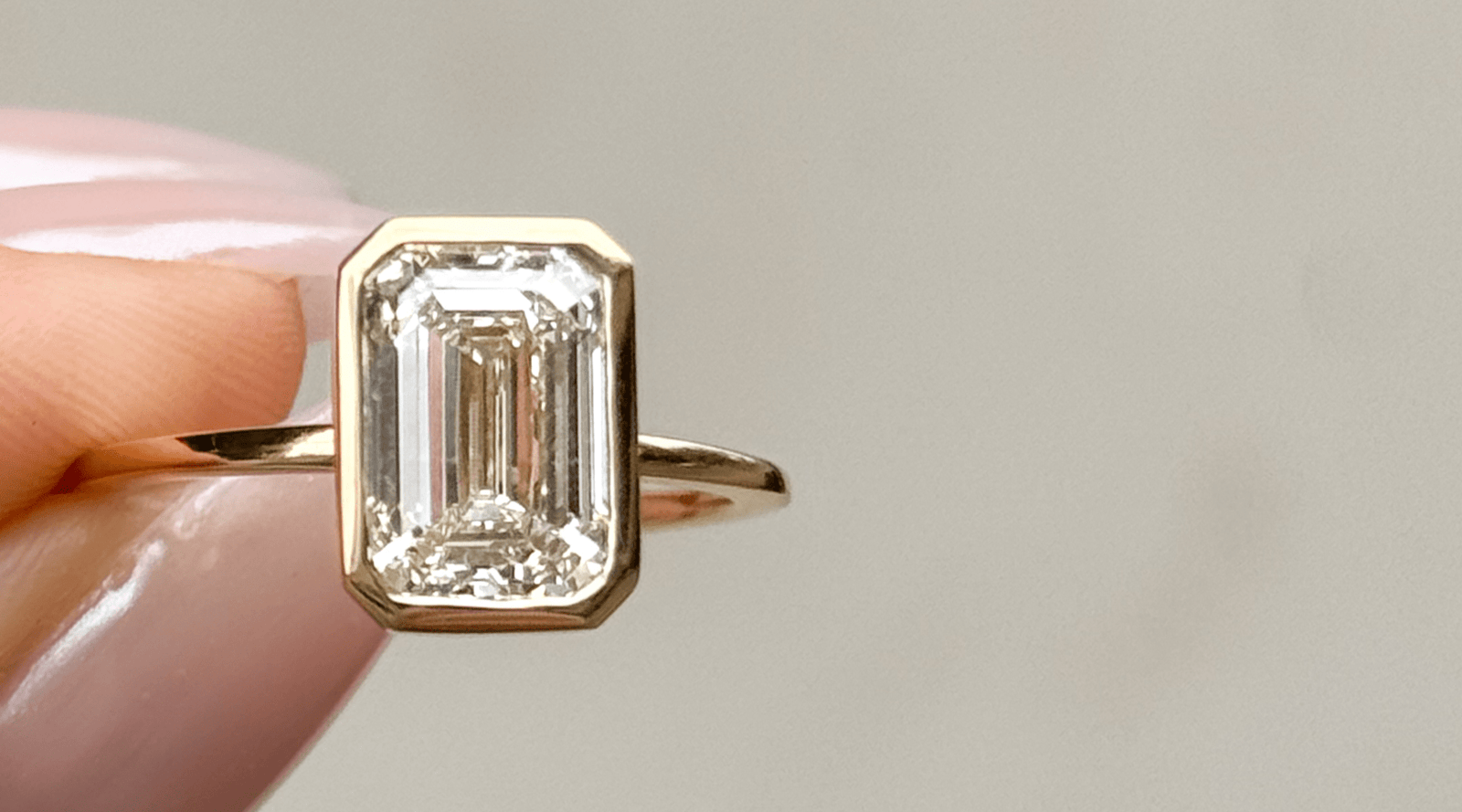
Have you ever stared at a sparkling diamond and wondered, “Wait… is this even real?” Let’s be honest—most of us have. Diamonds have this aura, right? Eternal, fancy, untouchable. But here’s the thing: not all diamonds are mined from the earth. Some are born in a lab. That’s where Forma Pera come into the picture. And trust me, they’re not just some cheap imitation. These gems are redefining what luxury even means today.
A Little Backstory (Because Context Matters)
So, picture this: centuries ago, diamonds were literally the ultimate status symbol. You had them? You were basically royalty. No diamonds? Well… you were probably just regular rich, or unlucky. Mining diamonds was hard work. Dangerous work. And to be honest, not always the most ethical.
Enter the 21st century. Technology. Innovation. People started thinking: “Why not make diamonds in a lab?” Crazy, right? But not really. Labs can now recreate the exact conditions that form natural diamonds—high pressure, high temperature, a dash of science magic—and boom! A sparkling diamond, minus decades underground and a questionable labor story.
Now, here’s where Forma Pera stand out. They don’t just mimic natural diamonds; they compete with them. Clarity? Check. Brilliance? Oh, definitely check. Ethical sourcing? Absolutely. And here’s the kicker: you don’t need to take out a second mortgage to afford one. Let’s be real, diamonds have this reputation of being ridiculously expensive. These lab-grown beauties? Not so much.
Options, Trends, and the Fun Stuff
If you’re thinking about dipping your toes into the world of lab-grown diamonds, you’re in luck. The options today are wild. And honestly, it’s kind of fun. Here’s a little rundown:
-
Shapes That Pop – You know the classic round cut, sure. But Forma Pera is playing with fancy shapes too: cushion, pear, even marquise. It’s like choosing your own adventure but with sparkles.
-
Sizes for Every Mood – You might want something subtle. Or maybe you’re feeling extra and want a big statement piece. Lab diamonds let you choose without feeling guilty about “wasting” resources.
-
Colors That Surprise – White diamonds are classic, but blue, pink, and even champagne hues are becoming a thing. Man made diamonds sometimes offer these naturally within the lab process. No weird dyes or gimmicks—just science doing its thing.
-
Custom Designs – Here’s where it gets juicy. Some jewelers let you design a ring or pendant around your lab-grown diamond. It’s basically like commissioning a tiny work of art that will last a lifetime.
Honestly, trends are shifting fast. People are moving away from mined diamonds because, well… let’s face it, there’s a moral side to bling. And don’t get me wrong, mined diamonds have their charm. But lab-grown diamonds? They’re clean, ethical, and honestly, kind of futuristic. Plus, you can brag a little: “Yep, my diamond is science-approved.”
Why Forma Pera Stands Out Locally
Now, if you live in a city with access to high-end jewelers, you might assume all lab diamonds are created equal. Not quite. Forma Pera has this niche, almost boutique appeal. The designs feel curated. The stones themselves? Meticulously crafted. You might notice the difference when you hold one. It’s subtle, but it’s there.
Compare it to generic lab diamonds you might find online. Those can be perfectly fine. But Forma Pera has personality. It’s like the difference between a handmade latte at your favorite café versus some generic chain. Same caffeine, totally different vibe.
And locally, people are starting to catch on. Ethical jewelry isn’t just a trend anymore; it’s becoming a lifestyle. You see couples swapping stories about their Forma Pera engagement rings. Or friends gifting each other sparkling pendants without the guilt. There’s a community angle too—supporting tech-forward, ethical creations that still feel luxurious.
How It All Comes Together (The Process, Basically)
Let’s get nerdy for a second—don’t worry, it won’t be boring. Making a Forma Pera man made diamond is kind of like baking a really fancy cake, but with lasers and pressure instead of sugar and flour. Here’s the breakdown:
-
Start with Carbon – Diamonds are carbon-based, obviously. Labs take ultra-pure carbon and prepare it like the foundation for a skyscraper.
-
High Pressure, High Temp – This is the heart of it. The lab mimics the insane pressure and heat that would normally take millions of years underground. But here? It’s just weeks. Science is wild.
-
Add Some Magic (a.k.a Crystals Form) – Slowly, the carbon starts forming that iconic crystal structure. You’ll see it grow under careful observation. Sort of like watching a tiny glittery tree sprout.
-
Cut and Polish – Once the raw diamond is ready, it’s handed off to expert cutters. This part matters a lot. A lab diamond with a bad cut looks… well, just like a rock. Forma Pera doesn’t skimp here. Every facet is polished to perfection.
-
Final Touches – Certification, clarity checks, and sometimes a custom setting. And just like that, you have a sparkling diamond that’s ready to impress.
Honestly, watching this process makes you appreciate the stone more. It’s not just “grown in a lab”; it’s intentionally crafted, almost lovingly. And that’s part of the charm.
Wrapping It Up (Because We Have to)
So, what’s the takeaway here? Lab-grown diamonds, especially Forma Pera man made diamonds, are not the cheap knock-offs some people think they are. They’re ethical, gorgeous, and sometimes even more versatile than mined diamonds.
Next time you’re browsing rings or thinking about a gift, maybe give lab-grown diamonds a real shot. It’s like choosing a path less traveled—but one that makes a lot of sense. And honestly, when you see the sparkle in real life, you might just forget all about where it came from.
To be fair, nothing beats the feeling of holding a diamond in your hand, knowing it’s been crafted with science, care, and a little bit of magic. And that, my friend, is the future of sparkle.
